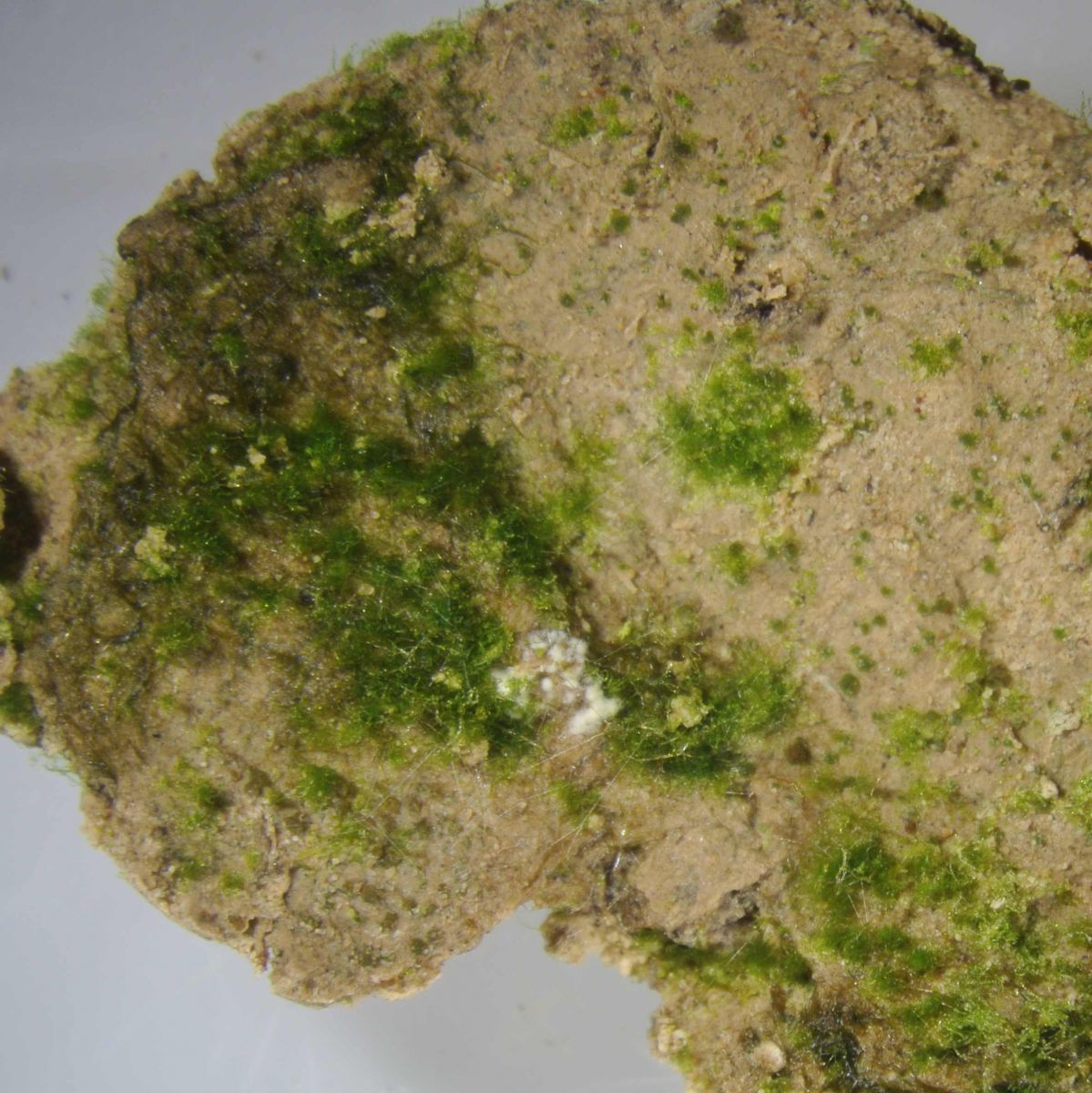Dormancy and reactivation of desert soil microorganisms

Soil microorganisms are faced with unpredictable conditions due to environmental stressors (such as water, energy or nutrient limitation), and therefore the majority is assumed to be in a state of ‘dormancy’ – a state with low metabolic activity enabling long-term persistence. We are particulalrly interested in microbial communities that inhabit surface soils of arid deserts – so-called biological soil crusts or biocrusts. This environment experiences persistent (high) UV irradiation, heat and osmotic stress in addition to limited water availability, with favorable conditions caused by rain surmounting to only few days during a couple months per year.
A metagenome investigation of crusts in the Negev Desert, Israel, revealed diverse physiological potential and diverse survival strategies within the microbial community. While the potential for sporulation was only found in a small proportion of the community, oxidation of atmospheric hydrogen gas (H2) seemed to be a more common survival mechanism. However, dormancy cannot be sustained indefinitely, and therefore phases of resuscitation must also play an important role for long-term survival of desert soil microorganisms.
By mimicking rain events and combining metagenome-centered metatranscriptomics with heavy-water incubations and NanoSIMS, we revealed that biocrust microbial communities are perfectly adapted to unpredictable and short-lived rain events. This is mediated via rapid and simultaneous resuscitation of the majority of cells and taxonomical and physiological diverse groups. Additionally, these microorganisms are prepared for sudden osmotic changes and thus protected from significant cell loss. Together, these mechanisms enable long-term survival of biocrusts bacteria and explain the observed limited productivity.
Selected publications:
- Imminger, S., Meier, D.V., Schintlmeister, A. et al. Survival and rapid resuscitation permit limited productivity in desert microbial communities. Nat Commun 15, 3056 (2024).
- Meier DV, Imminger S, Gillnor O, Woebken D. 2021. Distribution of mixotrophy and desiccation survival mechanisms across microbial genomes in an arid biological soil crust community. mSystems. 6(1):e00786-20.
- Man Leung P, Bay SK, Meier DV, Chiri E, Cowan DA, Gillor O, Woebken D, Greening C. 2021. Energetic basis of microbial growth and persistence in desert ecosystems. mSystems 5(2): e00495-19.
- Giguere AT*, Eichorst SA*, Meier DV, Herbold CW, Ricther A, Greening C, Woebken D. 2021. Acidobacteria are active and abundant members of diverse atmospheric H2-oxidizing communities detected in temperate soils. The ISME Journal 15:363–376. (*co-first authors)
